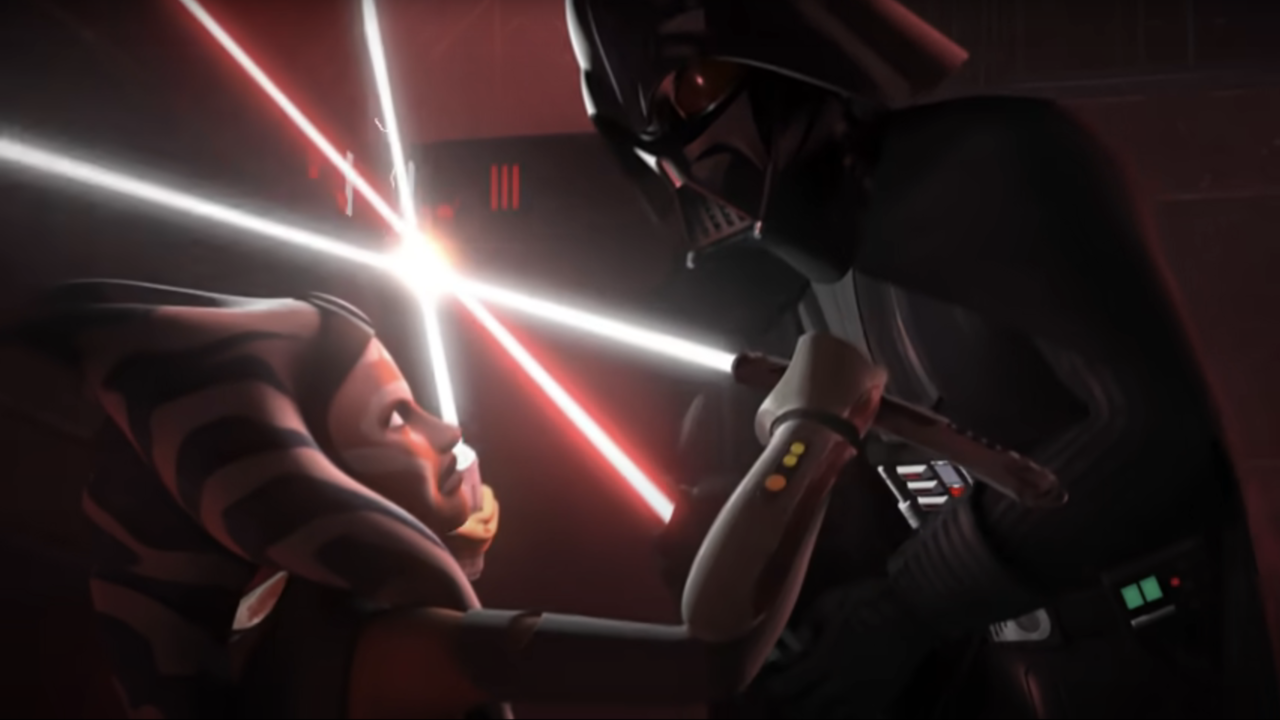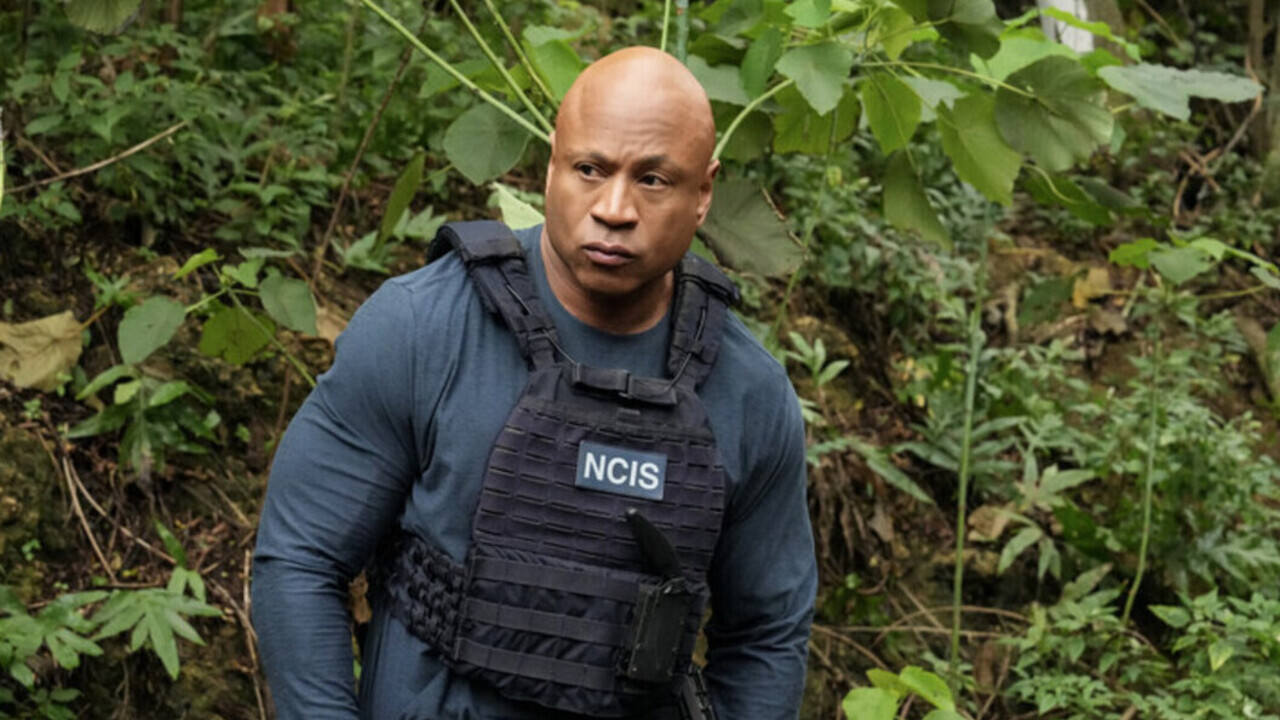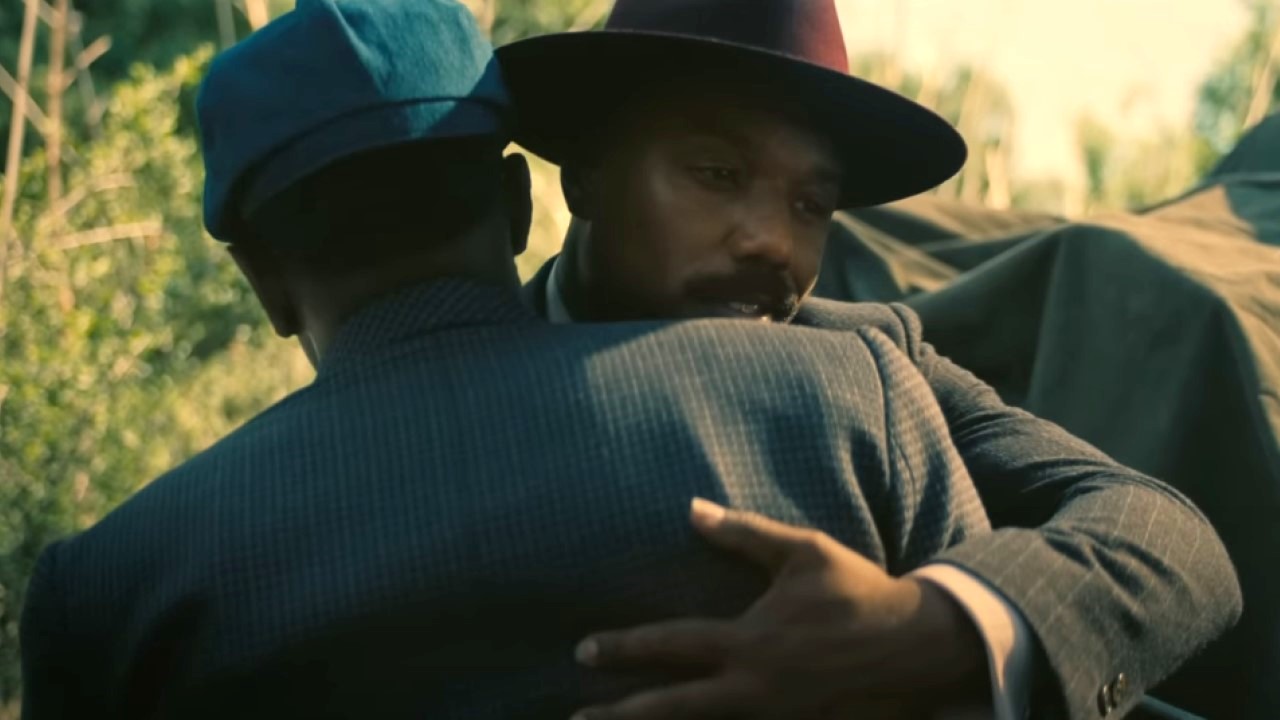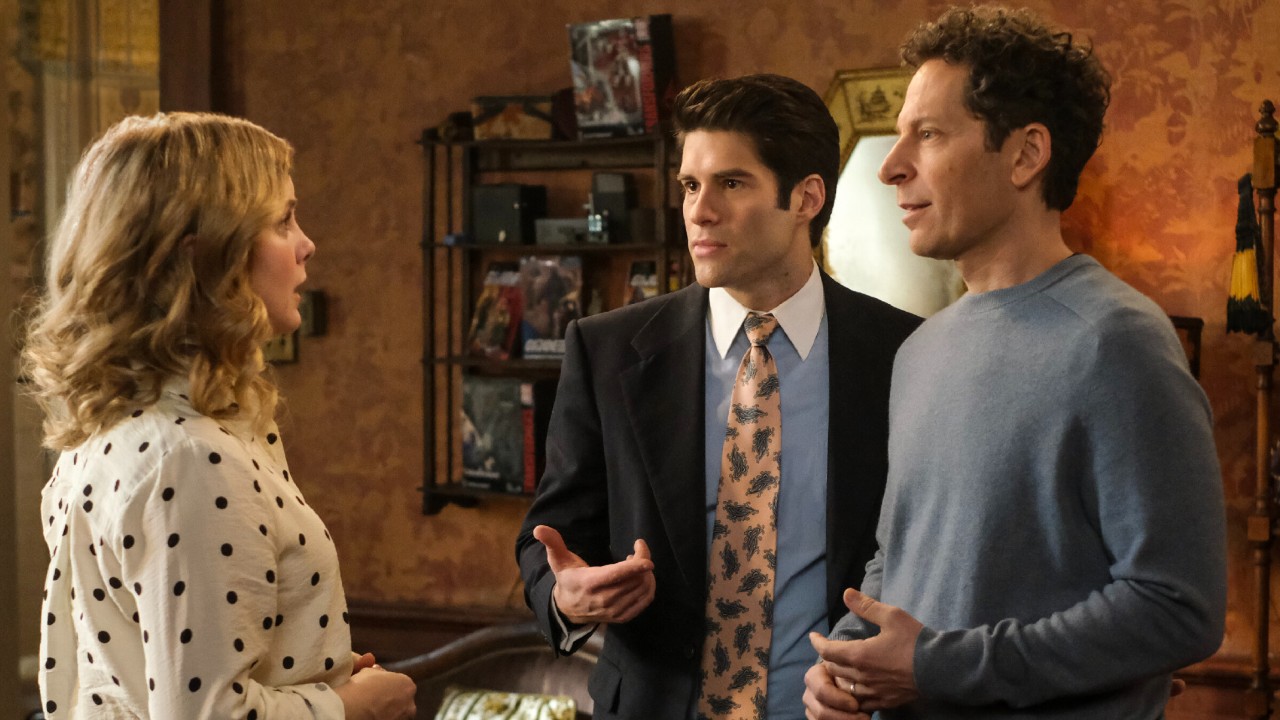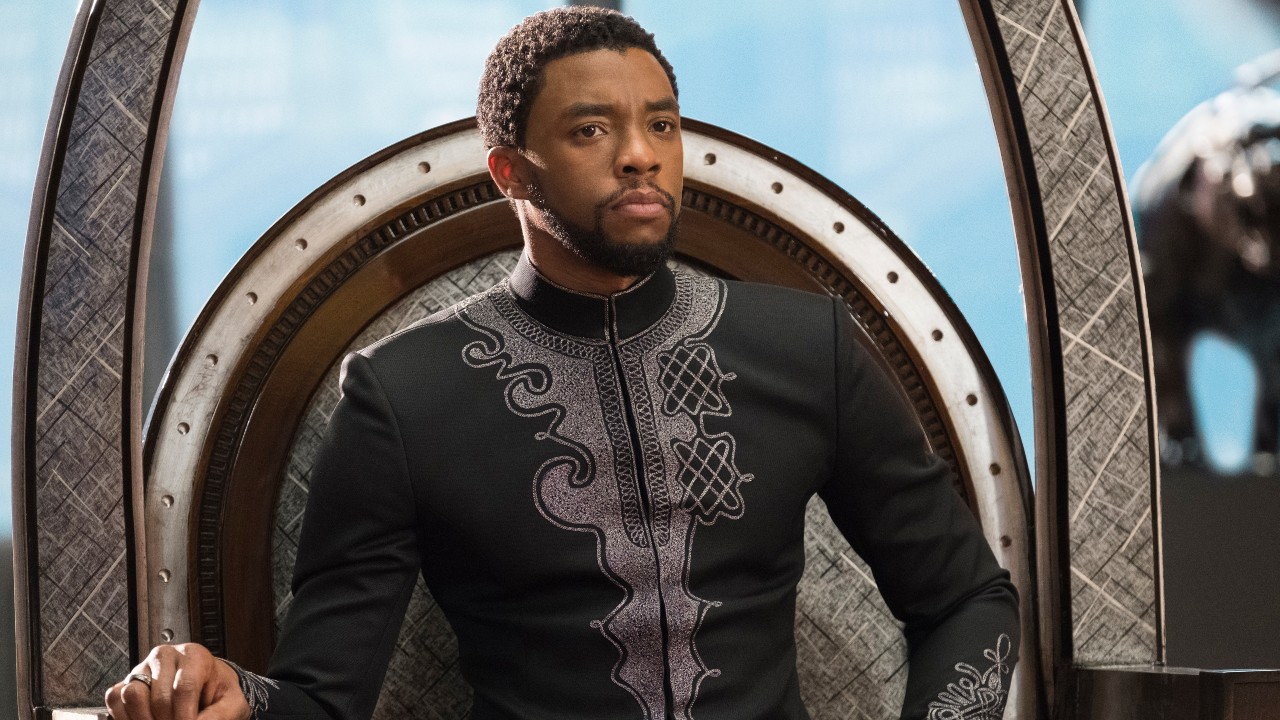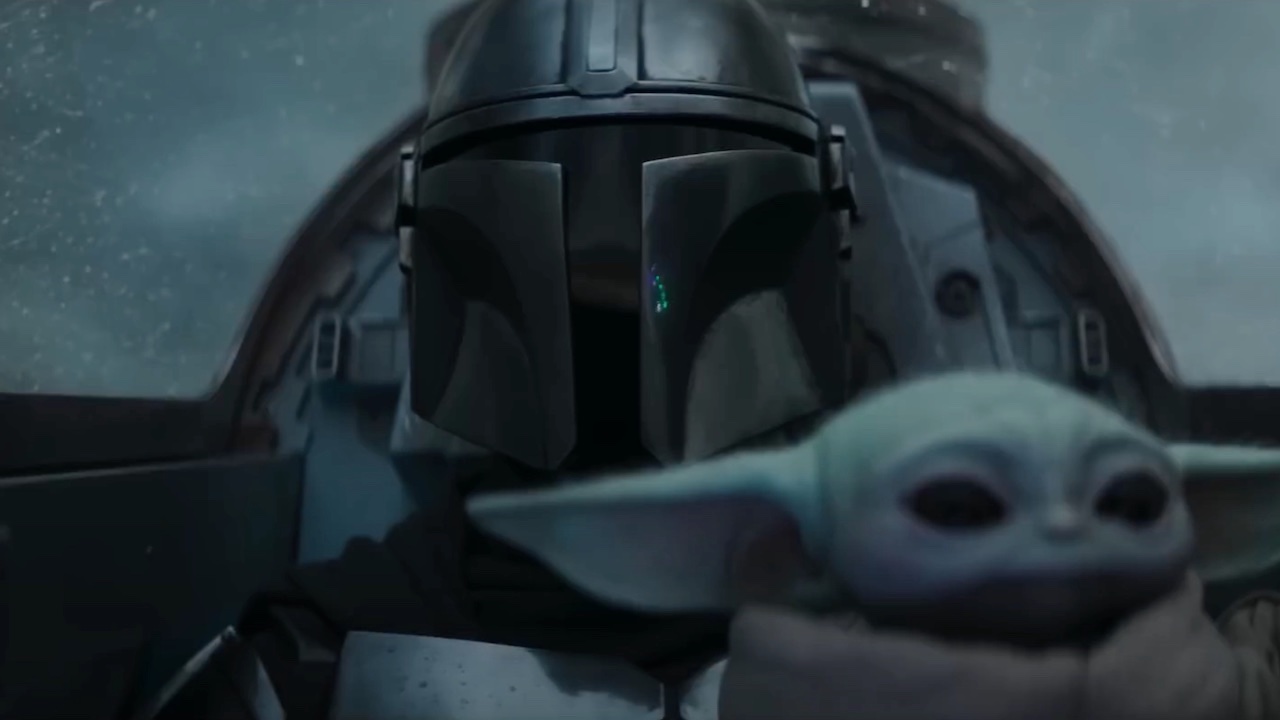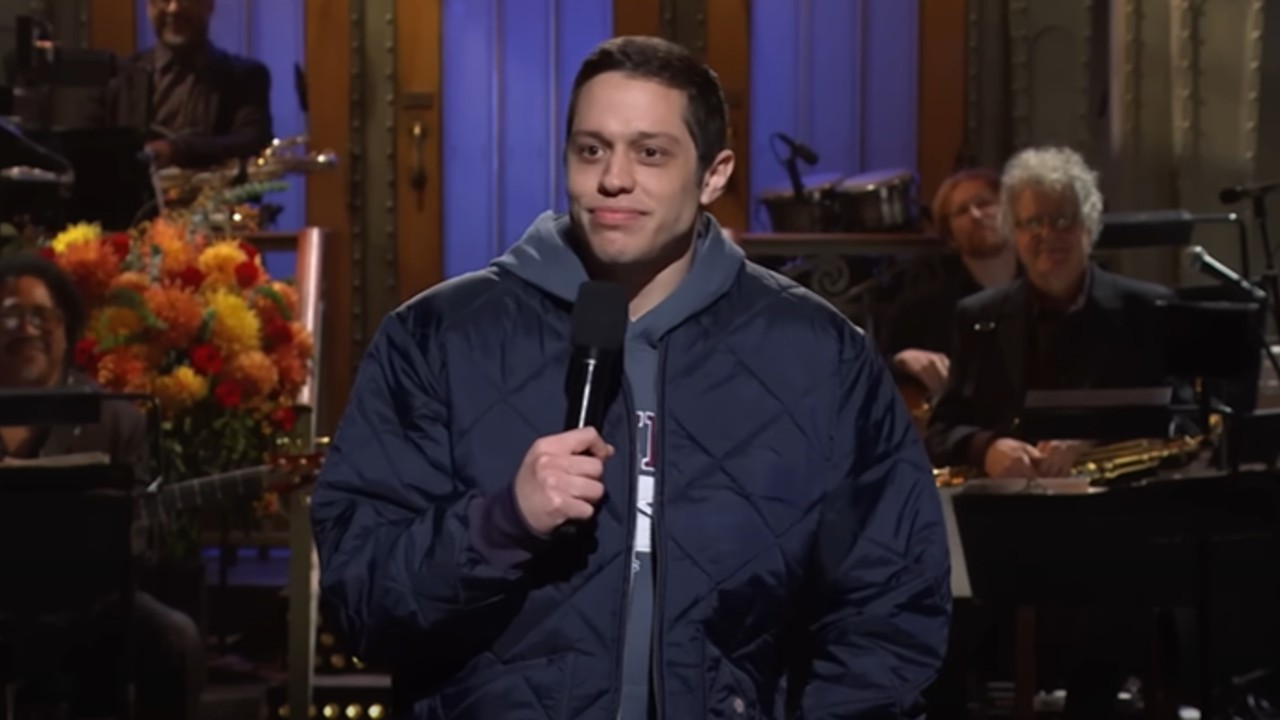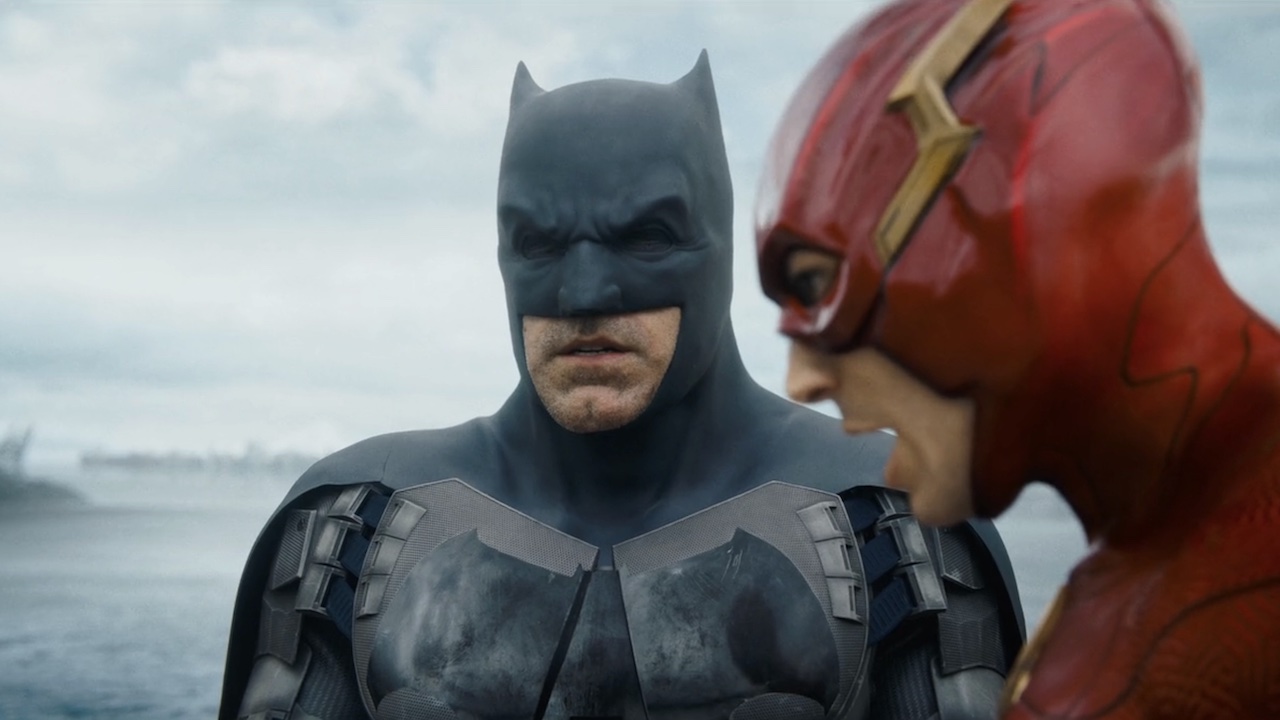Stephen King's Lisey's Story: 7 Differences Between The Book And The Show After Episode 4
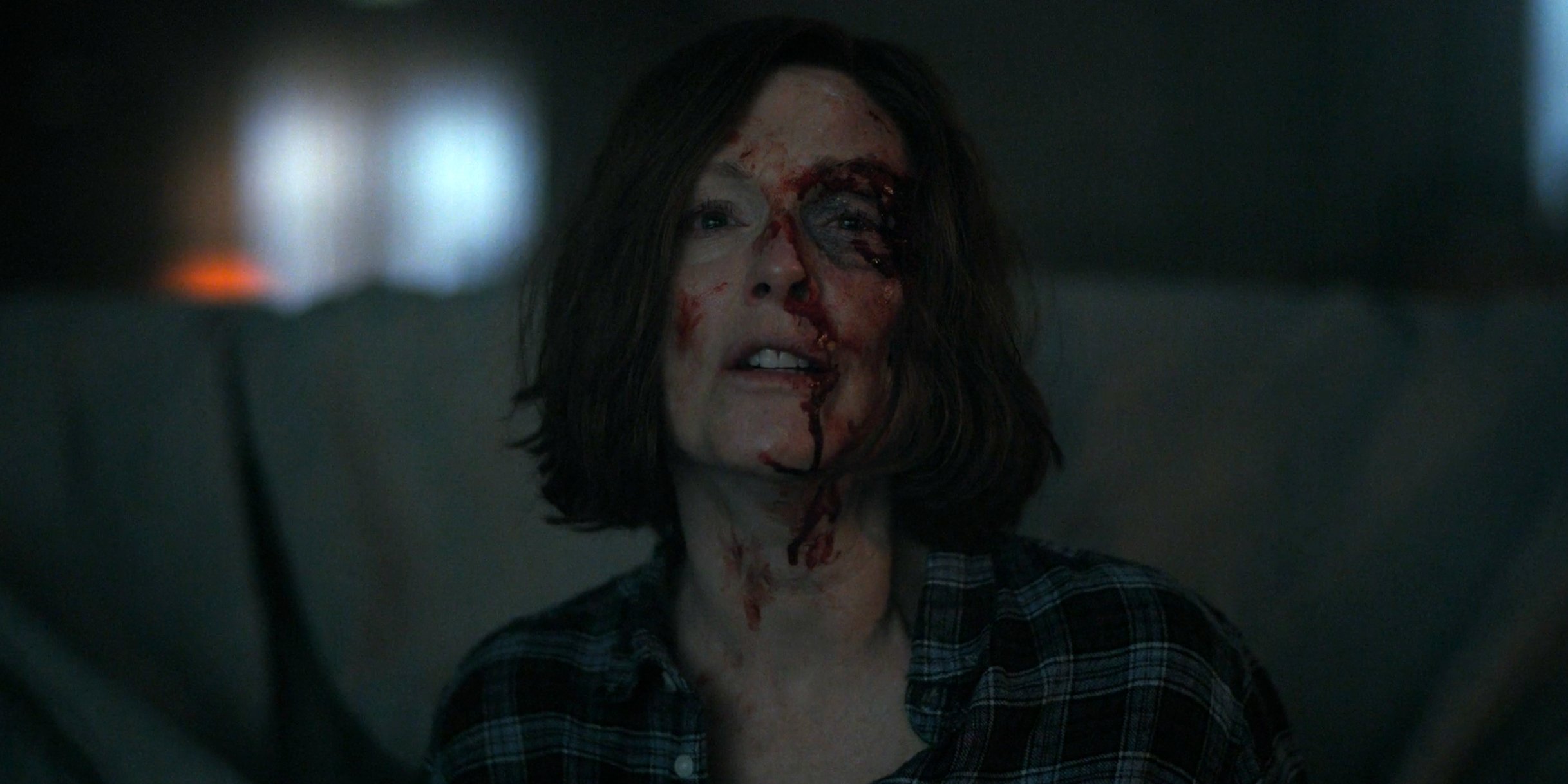
While the first three episodes of Lisey’s Story have provided audiences some hair-raising and intense moments, none of them hold a candle to what is in the chapter titled “Jim Dandy.” Those who are familiar with Stephen King’s book were given the chance to gird themselves for the experience after last week, as the miniseries put Jim Dooley in Scott’s old office, just waiting for Lisey to come in – but no amount of preparation could get anyone ready for what unfolds. Notably, part of that is because there are some standout changes in the adaptation version of events when compared to the novel… which, of course, brings us to the subject of this feature.
Just as the previous three did, Lisey’s Story’s fourth episode features a number of departures from the source material – changes that are made exponentially more interesting because Stephen King himself has written all of the teleplays for the Apple TV+ original. And just as I did for those chapters, I’ve put together a feature highlighting the most significant alterations. So without further ado, let’s dig in to “Jim Dandy” and our book-to-show comparison.
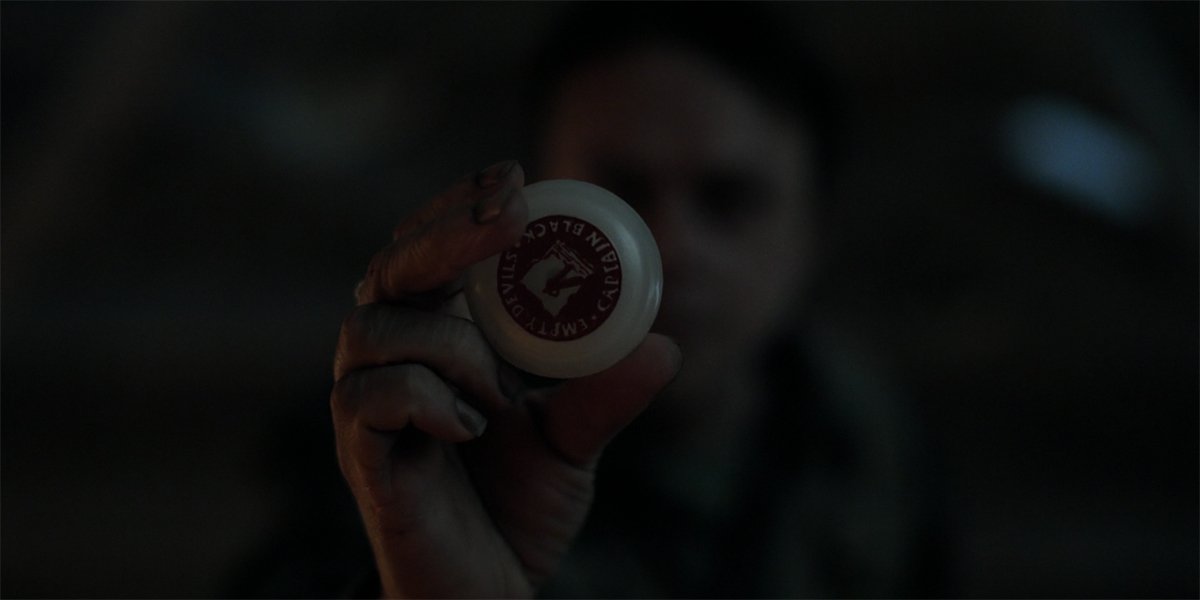
Captain Black’s Magic Yo-Yo Is An Original Creation For The Series
In adapting Lisey’s Story himself, Stephen King has done an interesting job revealing greater detail about the various books published by Scott Landon. I noted in last week’s feature that Scott evidently used elements from his own fantastical life in his writing – specifically in Empty Devils – and in “Jim Dandy” King offers even more new information about the contents of that non-existent tome. It admittedly doesn’t reveal new insight into either Scott or Dooley, but it is fun to learn about the fiction inside the fiction, such as the fact that Empty Devils protagonist Captain Black uses a magic yo-yo (and, naturally, Dooley has a replica that he enjoys playing and doing tricks with).
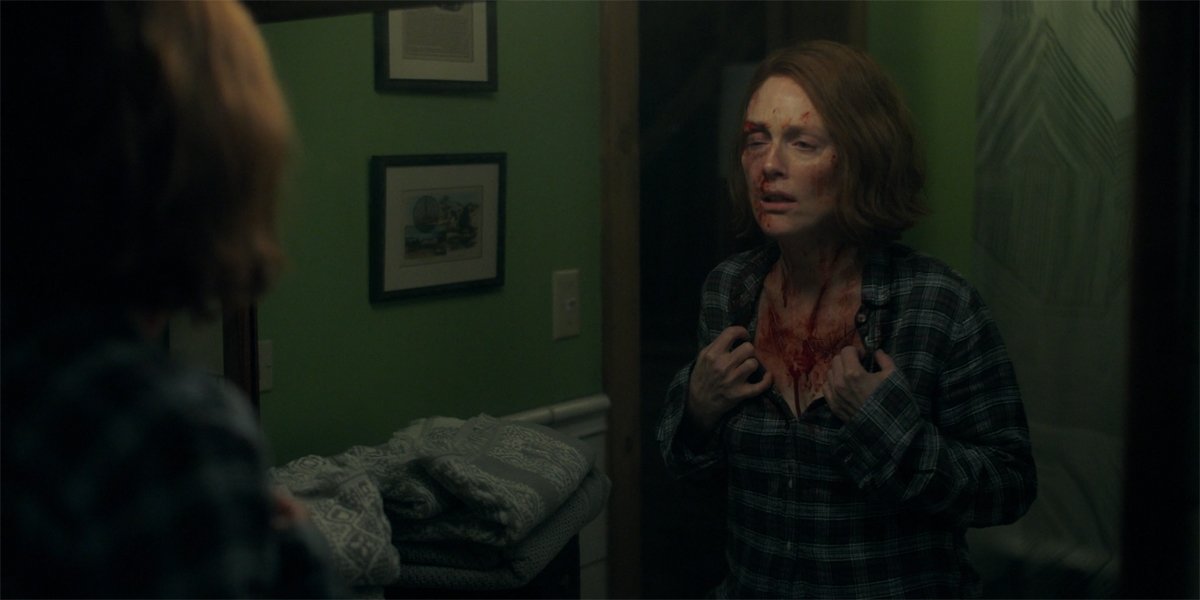
Dooley Slashes Lisey With A Pizza Cutter Instead Of Using A Can Opener
No matter which way you slice it (sorry), the torture scene in Lisey’s Story is absolutely brutal. It is made very clear that there is no limit to what Dooley is willing to do so that he can acquire Scott Landon’s unpublished manuscripts, and that includes performing extreme acts of cruelty towards the eponymous protagonist. That being said, the precise way Dooley exercises his viciousness is changed in the adaptation.
The miniseries actually foreshadows Dooley’s use of a pizza cutter, as he uses the kitchen utensil for its real intended purpose while sitting in the cab of his pickup at one point, but in the novel it’s not that tool that he uses on Lisey, but instead a can opener – using it to harshly cut Lisey’s breast. It’s not immediately apparent exactly why this change was made for the adaptation, but the scene is just as hard to experience as it is in the source material.

Beckman Doesn’t Go Back To Lisey’s House After The Incident
One of the most harrowing moments demonstrating Lisey’s self-determination in the Stephen King story comes in the near-immediate aftermath of her confrontation with Dooley. While she is cut up and bleeding severely, she opts to specifically not ask for the help of Deputy Beckman when she checks in on him – knowing that the circumstances are of a kind she wants to handle herself. The big difference between the book and the show, however, is the way in which Beckman checks in.
In the novel, Beckman physically returns to the Landon house to check in on things, communicating with Lisey between floors as she stays in Scott’s office and calls down to him; but by contrast the adaptation simply has him phone the titular widow. When you consider the fact that the miniseries has the police officer character dealing with a separate emergency (namely the fire Dooley set as a distraction), it makes sense as an alteration, but it does subtract an interesting moment of tension for the protagonist.
CINEMABLEND NEWSLETTER
Your Daily Blend of Entertainment News
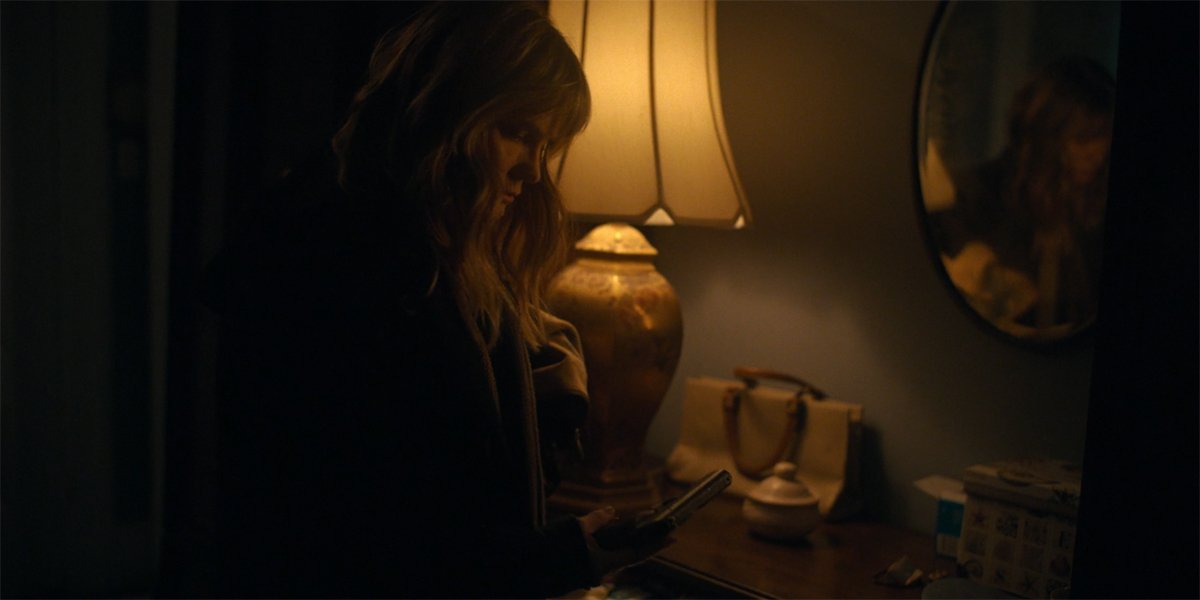
Darla Gets Strapped At Amanda’s House
Lisey Landon is not a fan of guns. Similar to how Bruce Wayne despises firearms because his parents were shot in front of him when he was a child, Lisey has personally witnessed the horrible destruction that the weapons can cause (namely when Gerd Allen Cole fires a couple of bullets at Scott), and rejects their usage as a result. This by itself is an interesting change from the book, as she does actually take Amanda’s gun at one point in the original version, but in the miniseries it is instead Darla who gets strapped. In addition to the pistol, she also takes some mace and a taser from Amanda’s house while the catatonic sister is in the hospital, and it will be interesting to see how they all come into play as the rest of the series unfolds (either positively or negatively).
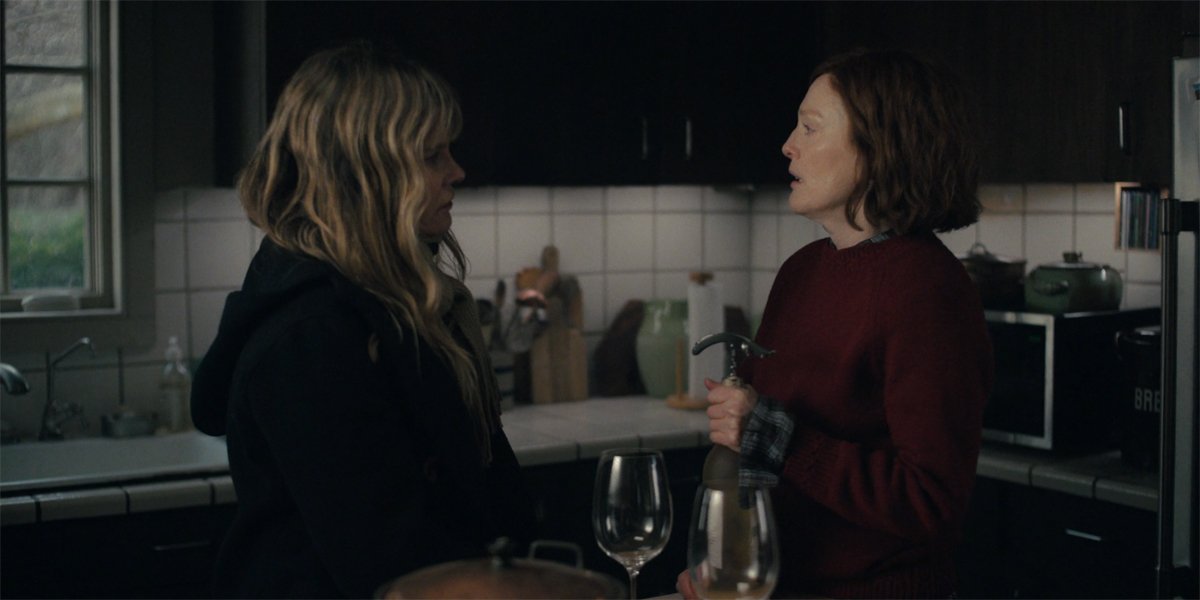
Lisey Only Has Two Sisters
Through the episodes of Lisey’s Story thus far, audiences have had the chance to meet three of the Debusher sisters – namely Lisey, Amanda, and Darla – but an interesting alteration that is confirmed in “Jim Dandy” is that the size of the family is reduced in the series compared to the book. While Stephen King originally wrote the novel to include five Debusher sisters, Jodotha, and Cantata Debusher didn’t make the cut for the miniseries. Why? Unlike some of the other changes mentioned in this feature, this one is pretty easy to explain: Jodotha and Cantata don’t really have significant roles to play in the main narrative, and thus they were surely easy characters to disappear from the live-action version.
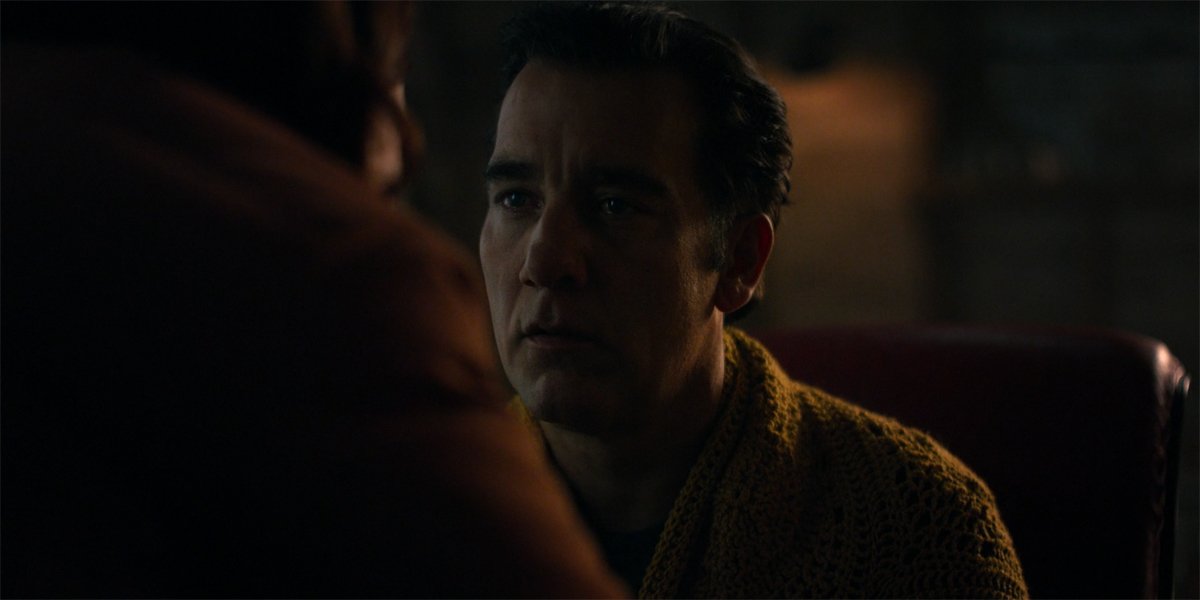
Scott Isn’t Watching His Favorite Movie, The Last Picture Show, When He Goes Catatonic
If a movie or a TV show wants to use a clip from a preexisting film or series, permissions are generally not given for free. Deals have to be made, and money usually has to be spent. This can sometimes be prohibitive when it comes to adapting specific details from a book, and it seems that Lisey’s Story features a prime example. In Stephen King’s novel, Scott Landon’s favorite movie is Peter Bogdanovich’s The Last Picture Show, and it is said to be on television when the author enters his catatonic state… but that doesn’t happen in the Apple TV+ version. We can’t say for certain if it’s a case where getting scenes from the 1971 coming-of-age drama would have been too expensive for the show, but it’s absence is certainly noticeable for anyone familiar with the original text.

There Are No Laughers In The Trees Of The Fairy Forest
Audiences have been quickly exposed to both the horrors and wonders of Boo’ya Moon in the Lisey’s Story miniseries – from the captivating nature of The Pool to the terrifying existence of The Long Boy – but watching “Jim Dandy” it’s interesting to note that there is a particular presence that is not included in the adaptation’s version of the mystical world: the Laughers of the Fairy Forest. In the book, these creepy beings lurk through the trees and produce a disturbing giggle that effectively creeps out anybody in the mystical world… but for reasons that are unclear they don’t appear to be a part of the live-action take. It’s possible that they will show up later on the show as there is more time spent on Boo’ya Moon, but for now their absence is notable.
With the launch of “Jim Dooley,” Lisey’s Story is now halfway through its run, and we are chomping at the bit waiting for the next episode to be released. Said chapter, titled “The Good Brother,” will be available on Apple TV+ next Friday, June 25, at midnight PST/3am EST, and at that time you’ll also be able to find my next book-to-show comparison here on CinemaBlend. While you patiently count down the days, click on the banners below to find my previous installments of this feature series.




Eric Eisenberg is the Assistant Managing Editor at CinemaBlend. After graduating Boston University and earning a bachelor’s degree in journalism, he took a part-time job as a staff writer for CinemaBlend, and after six months was offered the opportunity to move to Los Angeles and take on a newly created West Coast Editor position. Over a decade later, he's continuing to advance his interests and expertise. In addition to conducting filmmaker interviews and contributing to the news and feature content of the site, Eric also oversees the Movie Reviews section, writes the the weekend box office report (published Sundays), and is the site's resident Stephen King expert. He has two King-related columns.
